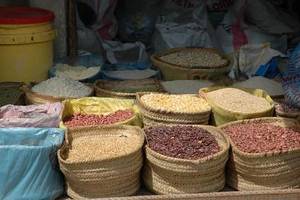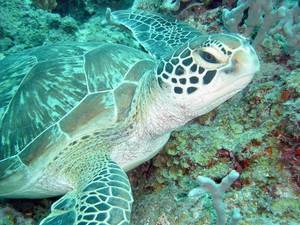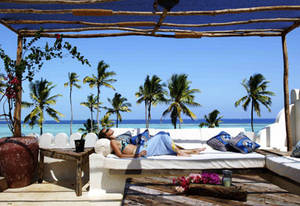The Ngorongoro is the diamond or rather the emerald of Tanzania. It is one of the three busiest tourist destinations in the country, the other two being Serengeti and Kilimanjaro. The Ngorongoro Conservation Area (NCA) covers 8,288 km², its jewel, the crater, has been classified as a UNESCO world heritage site since 1979.
Previously incorporated into the Serengeti, it was created in 1959 to preserve both the wildlife (and flora) and the interests of the indigenous people, all activities and even the presence of which are usually prohibited in national parks. Conflicts arose as a result between the park administration and the Masai who did not accept being excluded from their traditional territories of transhumance and habitation. The Ngorongoro Conservation Area Ordinance of 1975 states that the objectives of the conservation area are: conservation and development of the natural resources of the area, promotion of tourism and safeguarding and promotion of the interests of the Maasai. Agriculture was banned in 1976 as incompatible with the protection of wildlife. The agreements make about three-quarters of the total area accessible to the Maasai and their large herds of cattle and sheep.
The conservation area includes in the northeast a volcanic chain including the well-known Ngorongoro crater, but also, at more than 3000 m altitude, the Olmoti and Empakai craters and the sacred Masai volcano, Ol Doinyo Lengai. The heights are covered with a high altitude humid forest, the north west of the park towards Ndutu is made up of a savannah similar to that of the Serengeti. The gorges of Olduvai and Laetoli have yielded fossils of hominids and prehominians, they were excavated by Louis Leakey and his wife Mary, the museum on site is worth visiting and has incredible information.
The Ngorongoro crater is surrounded by the conservation area of the same name, in which pastoral activities and Masai habitation are therefore authorized. This area has other craters and to the northwest, it is the perfect continuation of the Serengeti.
It is the Garden of Eden, an animal paradise where it is hoped that the tempting serpent will fail. The car density can be quite disturbing but over the 270 km², there are always neglected corners of the (relative) crowd. These are not necessarily the least interesting, you can see total isolation five cheetahs frolicking for a long time, a jackal being chased by a Grant’s gazelle, another taking on a goose (not white), a serval lurking around cranes or in a very small group, a group of hyenas gorge themselves on a wildebeest in the Munge river. There are no female or non-adult crocodiles or elephants found in the crater, probably for reasons of accessibility, nor are there phyllophagous species such as giraffes and impalas. In all seasons, you can see vast herds of wildebeest and zebra which are settled there, as well as Cape elands . And we would be much further north). Finally, it is the only place in Tanzania where you are sure to see rhinos (black rhino, the only one present in Tanzania), from afar or more rarely up close.



